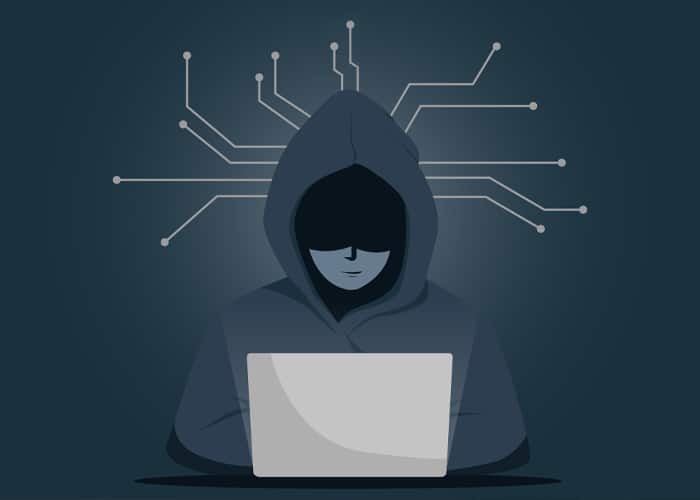
Rethinking Endpoint and Mobile Security for Remote Workers
With growing enterprise mobility requirements plus higher numbers of remote workers, properly securing mobile and remote users is causing IT




With growing enterprise mobility requirements plus higher numbers of remote workers, properly securing mobile and remote users is causing IT

Commissioned research shows that more security influencers and decision makers want security infrastructure that goes beyond what they currently have in place.

The FBI recently delivered a Private Industry Notification (PIN) in which it pointed to phishing attacks and two new hacker tools that can bypass two-factor authentication.

SlashNext recently discovered a new malicious phishing URL distributed through Google ads being served on the The New York Times website.

SlashNext is honored to make our first appearance at the final conference and will be showcasing Threat Intelligence, Incident Reporting, and Phishing IR solutions at booth #17 September 6-8.

Just how prevalent are these phishing callbacks and C2 infections? In every client install we perform – 100 percent! – we see C2 infections and callbacks. Are you compromised?

If your employees are using the corporate network as a launching point for career change, they are opening the organization (and themselves) to potential phishing sites and links that can cause damage.

By preventing the straight to browser attacks from their phishing goal, the malvertising attack fails to accomplish it’s intended purpose. Here’s how.

Osterman Research shared a number of ways that organizations and CISOs today can improve their cybersecurity in a recent SlashNext sponsored whitepaper and they are certainly worth sharing.

Today, while man-in-the-middle (MiTM) attacks are still a big concern, the security endpoint has changed to the browser, creating a MiTB phishing threat that poses real danger.